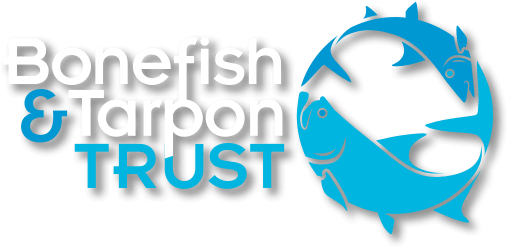For Immediate Release
June 5th, 2013
Contact: Alex Lovett-Woodsum
alex@bonefishtarpontrust.org
617.872.4807
BONEFISH AND TARPON TRUST STUDY ON BONEFISH PREY IN THE FLORIDA KEYS YIELDS MIXED RESULTS
Audubon Florida has just completed a one-year study, funded by the Bonefish and Tarpon Trust, to explore a possible cause for the decline of bonefish populations in the Florida Keys. The decline of bonefish throughout the Florida Keys, particularly in Florida Bay—historically the epicenter of the Florida bonefishery—is of great concern because bonefish represent an important component of a Florida Keys Flats fishery with an economic impact exceeding $427 million annually. They also serve as the proverbial “canary in the coalmine,” so reflect the overall health of Florida Keys fisheries.
The focus of the study was to address the question “to what extent might the bonefish population decline be due to decline in abundance of bonefish prey?” The results of the study were mixed. On one hand, the study’s Lower Keys site had more prey and more bonefish; in contrast, the Upper Keys site had fewer prey and fewer bonefish. However, when compared to similar studies conducted in the 1980s and 1990s, there was no distinguishable decline in bonefish prey at these sites. So although changes in bonefish prey may be a factor in the bonefish population decline, there are other important factors at work.
Recommendations from the study include consideration by Everglades National Park and the Florida Keys National Marine Sanctuary of marine protected areas for some bonefish such as pole/troll zones and catch and release zones, Everglades Restoration initiatives such as further bridging of the Tamiami Trail and completion of the second phase of the C-111 Project which would lead to increased freshwater flows and improved estuarine conditions in Florida Bay, and continue management of bonefish through state fisheries regulations.
“This study was an important first step in our efforts to find the causes for the bonefish population decline in the Florida Keys,” said Dr. Aaron Adams, Director of Operation for BTT, “and will help guide our ongoing and future efforts. Once we can figure out the causes, we can begin work on restoring the bonefish population.”
This new study is part of Bonefish and Tarpon Trust’s Florida Keys Initiative. The goals of the initiative are to determine the causes of bonefish population declines, enact measures to correct these problems and help restore the populations, identify and protect habitat important to the flats fishery for bonefish, tarpon, and permit, identify and protect fishing areas important to the flats fishery, and gain a sufficient understanding of the flats species to inform conservation strategies that will ensure the fishery’s long-term health.



